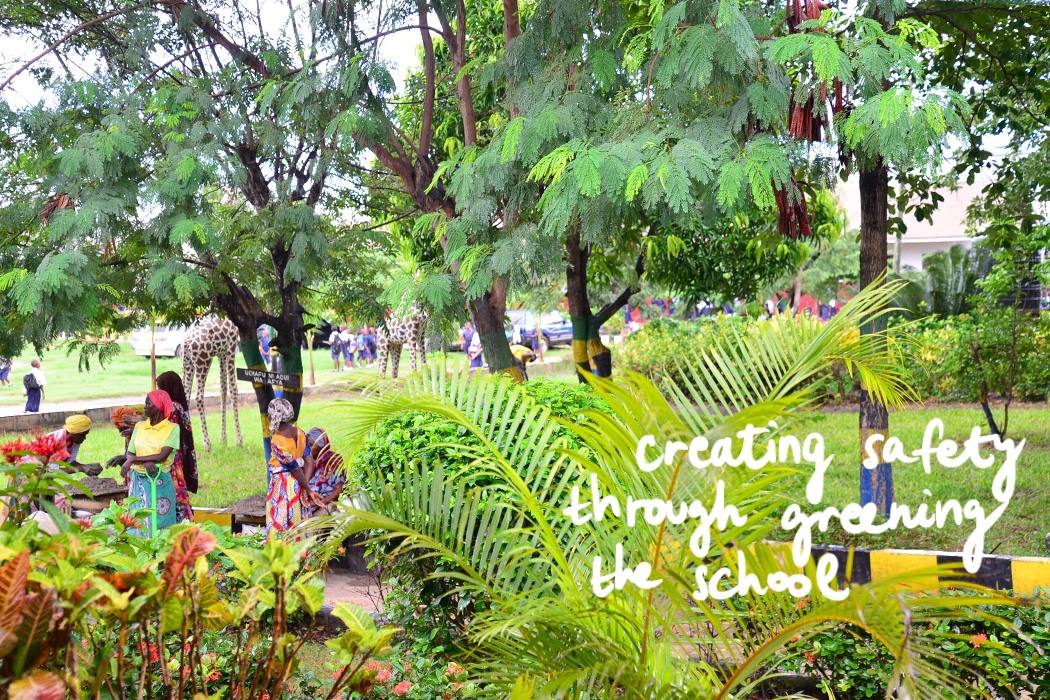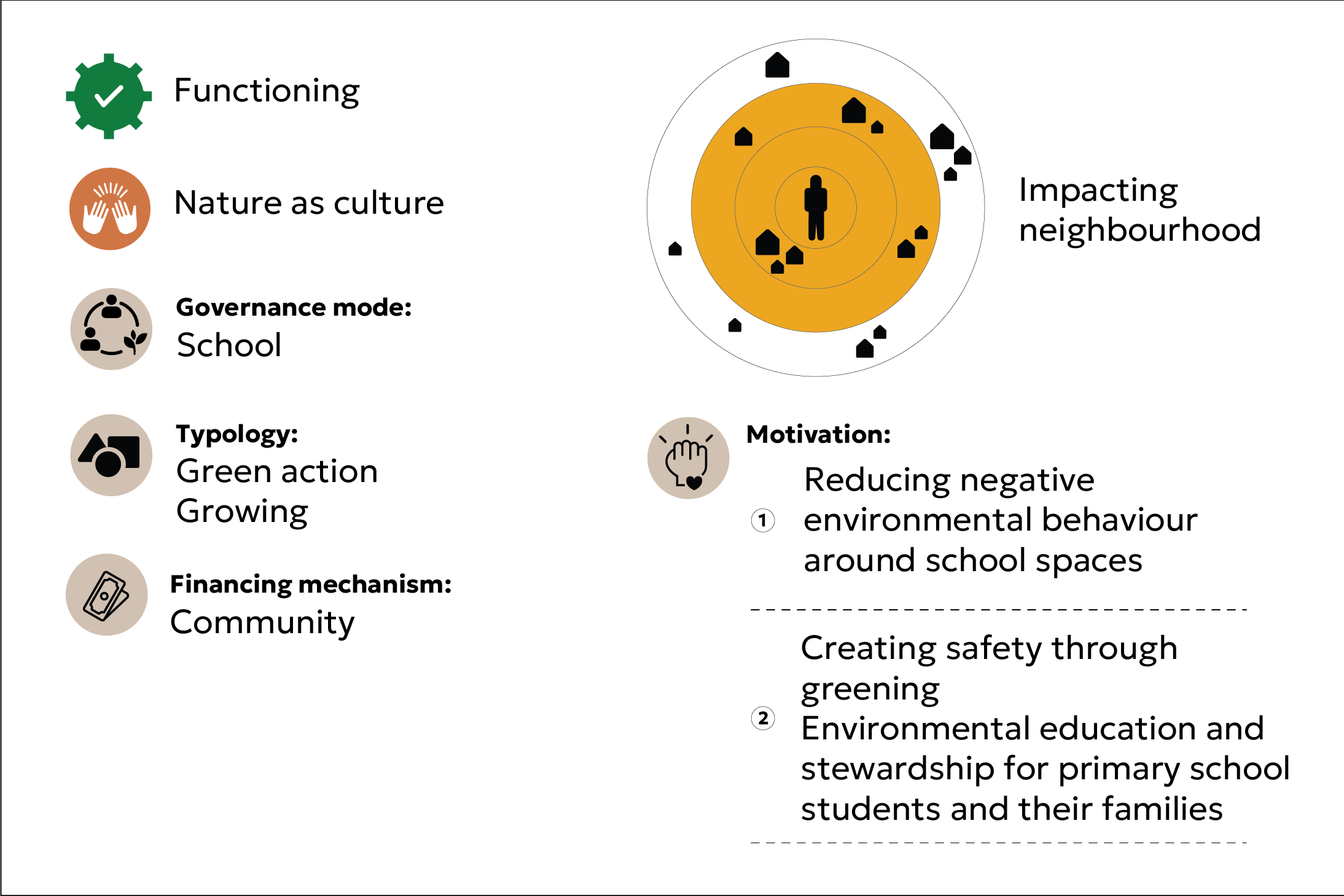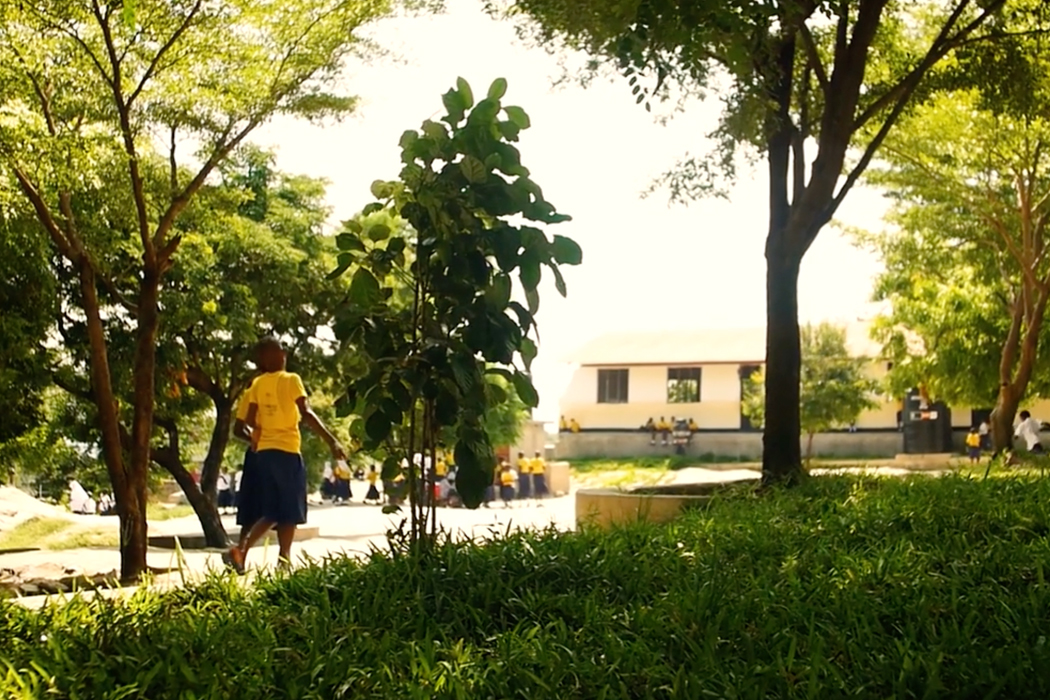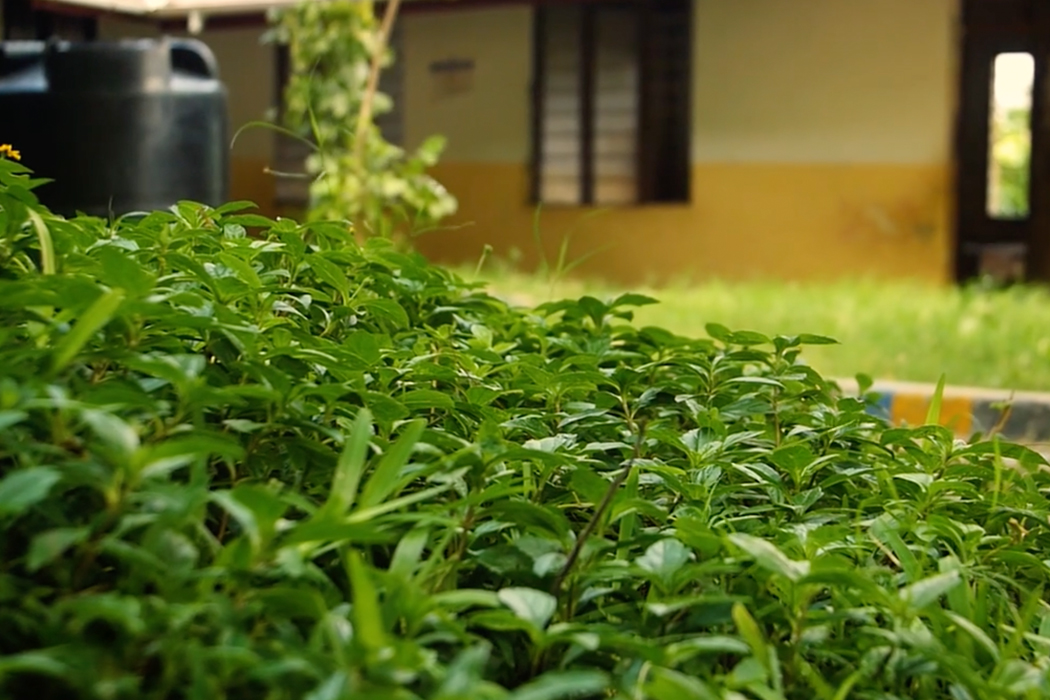

In 2023, teachers from the primary school began the green transformation using their own funds. Later on, the initiative involved students, families, and community members in hands-on environmental activities, using the school grounds as an open-air classroom. The school is in a flood-prone area, and the transformation addressed issues of environmental degradation, lack of shade, and safety concerns. Students, both girls and boys, participated actively in gardening and tree planting, learning about environmental care and spreading this knowledge at home. As the green space grew, it attracted greater respect and protection from surrounding residents. The initiative contributed to improved school recognition and the adoption of both Swahili and English environmental curricula. Support from the Tanzania Forest Service (TFS) and local mobilisation groups has helped sustain their work. A key enabler is the strong internal leadership from teachers, who have created a self-sustaining model without significant external funding.
Working towards justice
This initiative fosters inclusion by engaging students of all genders and involving families and neighbours in protecting and caring for the school’s green space. Teachers’ leadership was not only educational but also mobilised resources and participation from the broader community. The project created a visible and valued public space in a low-income area, redistributing access to nature and promoting community ownership of local environments. The initiative distributes multiple benefits: students receive hands-on environmental education, the garden provides nutritious food, and revenue from vegetable sales is redistributed to support students in need, creating a closed-loop social support system. The entire community benefits from a healthier, more pleasant environment.
While challenges such as harassment and unsafe conditions persist, the transformation has helped reduce some harmful behaviours and build trust. The initiative shows how education, care for nature, and collective action can intersect to address inequalities and support wellbeing in meaningful ways.
The potential to benefit people and nature
This initiative is a model of a self-sustaining, multifunctional landscape that uses natural processes to deliver a wide range of social, economic, and educational benefits. By creating a productive garden, managing waste through composting, and using the landscape for shade, the school is utilising its green space to solve multiple challenges simultaneously. By turning the courtyard into a green space, the school encourages care for nature not just within its grounds but also in students’ homes and communities. It demonstrates how a schoolyard can function as a complete ecosystem, providing food, regulating the microclimate, and serving as a living classroom.
Teachers’ knowledge, dedication, and community organising present strong foundations for scaling the approach to other schools. This school can serve as an example, teaching basic strategies used to turn a grey, exposed environment into a safe, welcoming, and green community space. With additional support and visibility, the initiative could inspire a network of school-based greening projects that promote environmental education, student wellbeing, and climate-sensitive design. Sustaining this space as a living classroom could generate long-term benefits for both people and nature.



